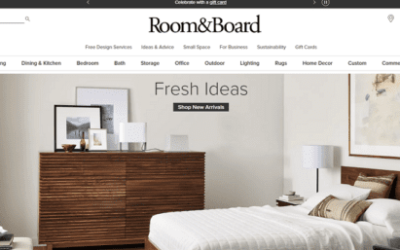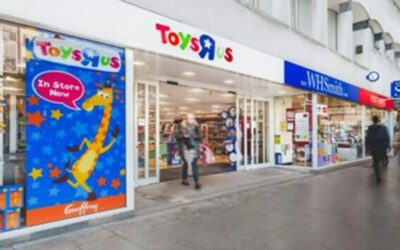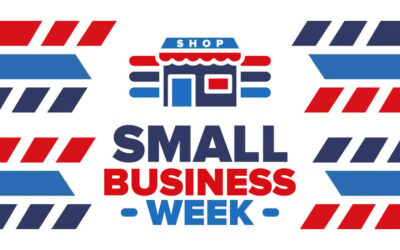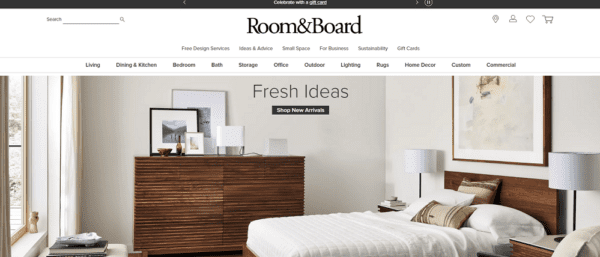Maximizing Profitability: How to Improve 4 Key Areas of the CPG Product Lifecycle
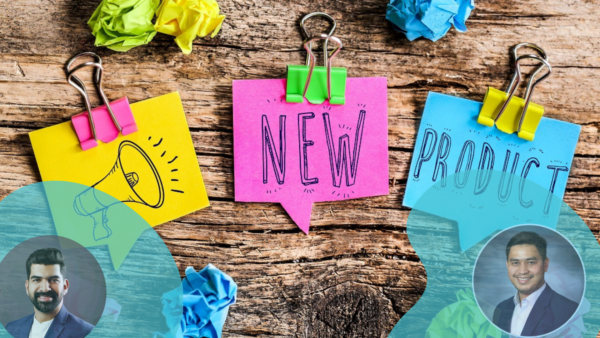

Consumer packaged goods (CPG) companies are obsessed with two things: maximizing revenue and minimizing operational expenses. The same could be true of all for-profit organizations, but the CPG industry is unique in its unrelenting pace of new product launches designed to woo or wow an audience that has grown accustomed to constant change.
However, due in part to pandemic-related workforce disruptions and supply chain challenges, new CPG product introductions declined by 16% over the past four years – and that’s a big problem for a sector that thrives on newness.
There’s No Such Thing as a Free Launch
While CPG leaders are anxious to make up for lost time (and sales), product launches remain notoriously difficult. Of the 30,000 new consumer products released each year, most of them fail. This can be particularly discouraging for commercial innovation teams that spend anywhere from 18 to 24 months working to bring the product to life from conceptualization to placement.
Product teams are under tremendous pressure to launch on time and on budget, with a seemingly endless stretch of deadlines to meet before products are offered to consumers. Most refer to the process as a sprint, and it is — except it’s the distance of a marathon. And the challenge for CPG leaders becomes how to maintain the output of their teams after that initial burst of energy at launch.
Rethinking the Product Development Lifecycle
For many new products, CPG leaders fixate on pre-launch and launch activities, opting to spend the bulk of their investment on things like product innovation, demand forecasting and marketing strategy. These are important steps, but they often only rely on one-time data analysis (i.e. existing knowledge). The most critical phases of the product lifecycle are iterative and occur post-launch, a time when organizations have an important opportunity to capture valuable consumer sentiment.
When surveys and focus groups occur before a product launch, participants often don’t have any practical experience with the product yet, and insights are more guesswork into how the public may react. Better and more meaningful data can often be gathered on the backend to respond directly to consumer behavior and help improve the product’s performance. Unfortunately, many CPG leaders frontload the importance of the launch and deem it a failure if numbers don’t explode out of the gate.
Here are four benefits of using data to optimize the backend of your product life cycle:
1. Better engagement.
Social listening tools have become widely available over the past decade, enabling companies to continuously monitor online opinions about products and maintain a pulse on consumer sentiment without spending a fortune on surveys. The resulting data can be a gold mine for product leaders trying to tweak marketing messages, adjust to negative reception or build brand affinity.
Retailers can consider solution partners that help cut through the noise, aggregate consumer sentiment and recommend attributes, like ingredients or marketing themes that could become a part of the core product, thereby shortening the innovation cycle.
2. More effective promotions.
Ongoing economic uncertainty has caused consumers to pull back spending for both discretionary and essential purchases, making new product promotions a critical component of any CPG marketing strategy. According to a recent survey by McKinsey, some CPG companies invest up to 20% of their gross revenues on promotions, earning it one of the largest items on a profit and loss (P&L) sheet. But for those promotions to accurately target the right consumers at the right time, CPG companies need data and analytics to better understand shifting consumer trends.
Nestle is a brand that does this well, and they dedicate an entire section of their annual report to the importance of data-driven marketing, outlining their strategy of “…leveraging artificial intelligence (AI) with end-to-end analytics to deepen collaboration with customers, improve product assortment, and enhance promotion effectiveness.”
3. Enhanced demand planning.
Demand planning is the process that happens after demand forecasting, when you determine exactly how much demand can be planned for. Considering all of the uncertain variables (as the name implies) is a business process that attempts to predict customer demand for products based on existing trends and data. The concept is simple, but the stakes are high. Failure to build contingencies into your demand forecasting process could result in shortages, long delays and annoyed customers who aren’t used to waiting. On the flip side, stocking too much product with less demand than you accounted for can lead to revenue loss or dreaded vendor chargebacks.
Consider two beverage companies. One relies on historical industry sales data to plan its product launch, while the other builds its advanced analytics capabilities. Neither is an incorrect strategy, but as we’ve seen, history can be unkind to those who make predictions. To achieve sustainable growth, CPG companies need sophisticated inventory analysis that will yield actionable data and keep their supply at optimal levels.
4. Improved customer service.
Data collection and analysis often generate valuable insights on consumers, and CPG companies can use that intelligence to dramatically enhance the consumer purchasing journey and improve their methods of engagement. For example, by analyzing past consumer engagements, customer service representatives can tailor their future interactions with loyal customers, offer personalized recommendations and move beyond the impersonal nature of automated chatbots.
In the end, it comes down to value — CPG companies want customers that feel as if they are a valued part of a community instead of just part of a marketing strategy. Much of that work comes on the backend.
How Executive Teams can Bring it All Together
CPG companies have a lot to deal with — customer/marketing analytics, global supply chain dynamics, price fluctuations, etc. Given this broad overlap between departments, leaders within CPG companies (and their external vendors) need to work together to ensure a clear delineation of responsibilities. Getting all these stakeholders (and egos) to communicate harmoniously is a bit utopian, but establishing a culture of accountability is an achievable first step.
Try setting up monthly Sales & Operation Planning (S&OP) meetings as natural convergence points for all to be heard, and use that process to: (a) refocus the team on backend profitability; (b) reinforce the power of data-driven decision-making; and (c) remind everyone of the two main priorities — maximizing revenue and minimizing operational expenses.
Sunder Balakrishnan is the Supply Chain Analytics Leader at LatentView Analytics. He is a supply chain transformation and business excellence specialist focused on solving the most pressing value chain problems in CPG, retail, manufacturing, tech, and ecommerce industries using the power of analytics and AI. Balakrishnan specializes in digital supply chain, connected visibility, cognitive optimization, business and analytics consulting, applied AI and augmented analytics. Kaushik Boruah is a CPG and Hospitality Practice Lead at LatentView Analytics as well as a Data Science leader focusing on AI at scale and building digital and analytics solutions across CPG and hospitality. He has experience helping leading organizations gain competitive advantage and address pain points through effective analytics interventions and intelligent data mining.




